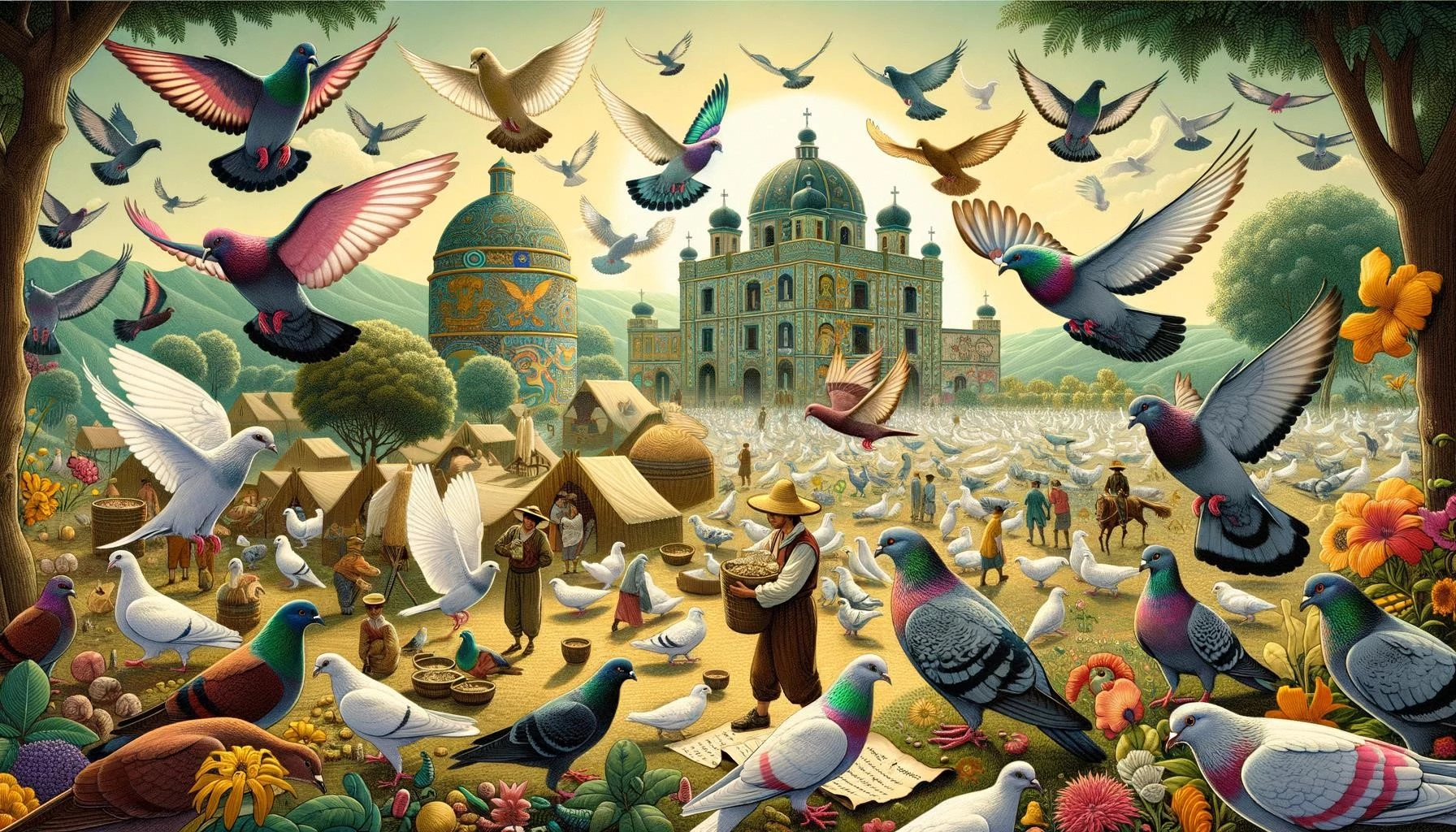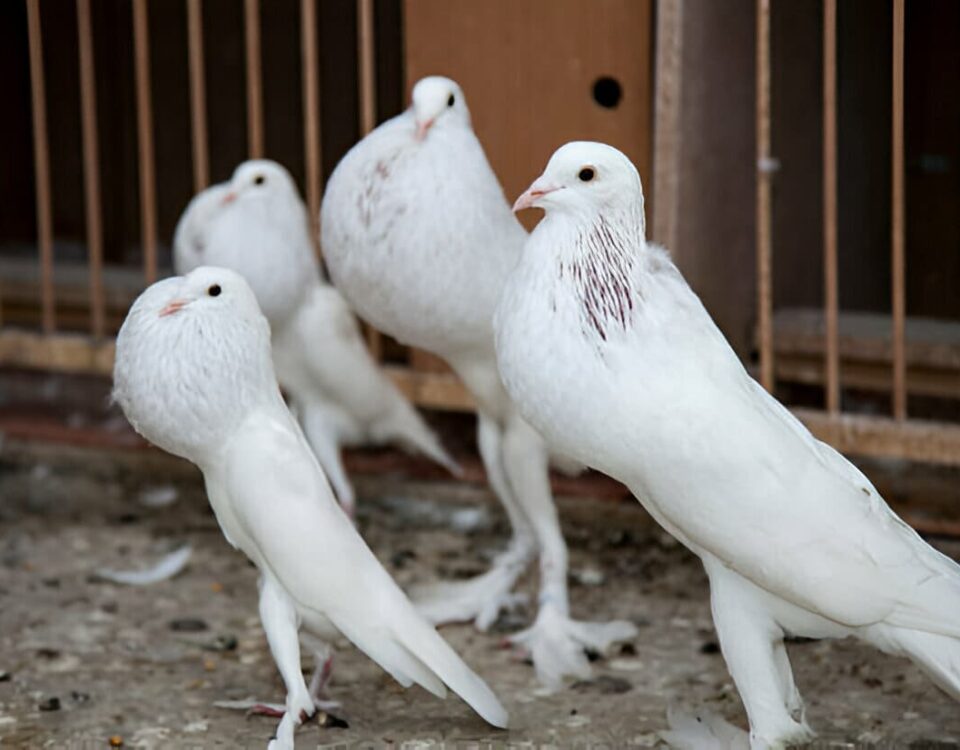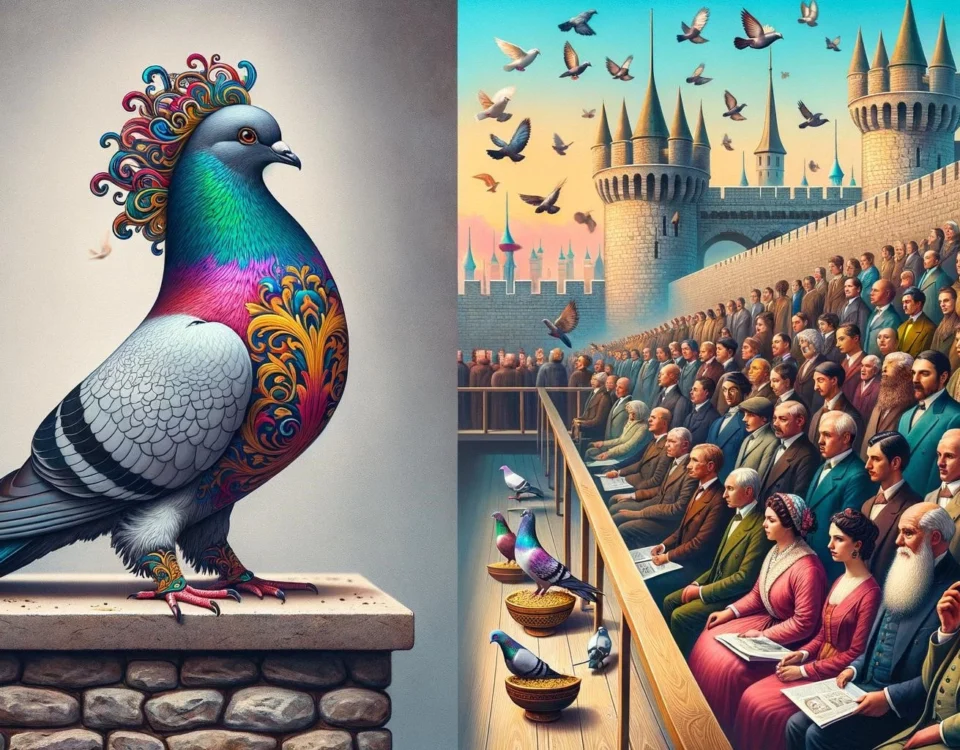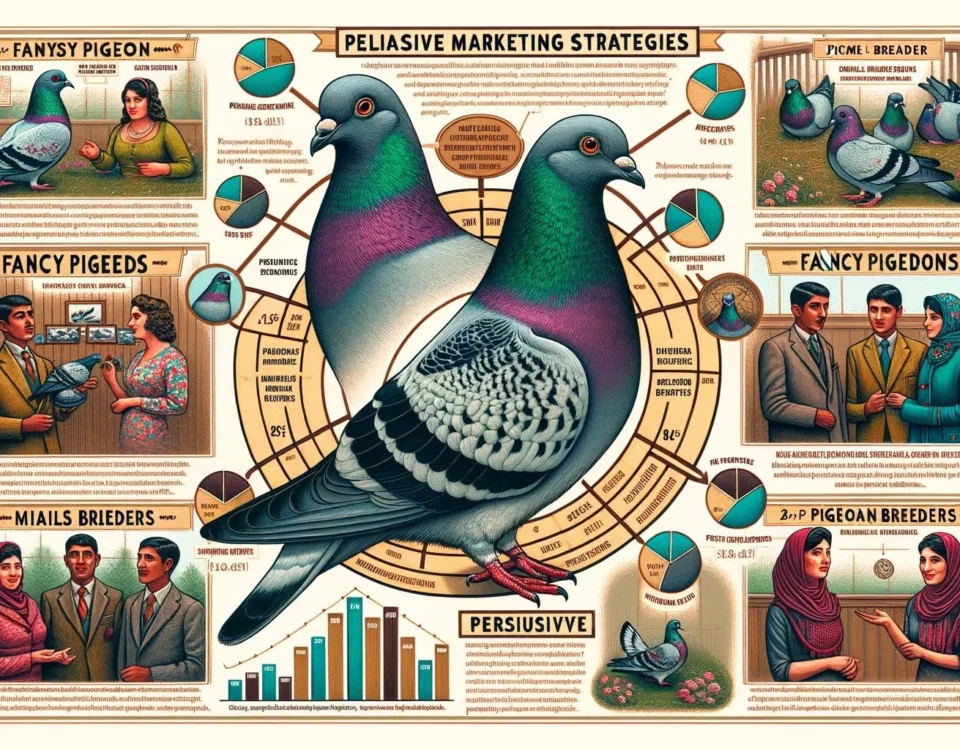Fancy pigeons are domesticated pigeons that have been selectively bred for their unique features, often for ornamental purposes. While the primary focus of fancy pigeons is their aesthetic appeal, their existence and interaction with the environment still have ecological implications. In this article, we will explore the relationship between fancy pigeons and ecology, discussing their importance in urban ecosystems and their role in the food chain. Additionally, we will examine the historical significance of fancy pigeons and their contribution to the field of competitive bird shows.
Key Takeaways
- Fancy pigeons are selectively bred domesticated pigeons primarily for their ornamental traits.
- Despite their fancy attributes, these pigeons play an important role in urban ecosystems.
- Fancy pigeons have contributed to the development of competitive bird shows during the Victorian Era.
The Role of Fancy Pigeons in Urban Ecology
While fancy pigeons may seem out of place in urban environments, they have managed to adapt and thrive in this setting. Pigeons, including their fancy counterparts, are highly adaptable birds that can tolerate a wide range of conditions. Their ability to find shelter and food in urban landscapes has allowed them to establish stable populations in cities around the world.
Fancy pigeons, like their wild counterparts, contribute to the urban ecosystem as primary consumers. They feed on a variety of food sources such as grains, seeds, and discarded human food. This diet makes them an important food source for many birds of prey, including falcons and hawks, who rely on them for sustenance. Their presence in urban areas enriches the biodiversity and supports the trophic levels within the ecosystem.
The Historical Significance of Fancy Pigeons
The breeding and appreciation of fancy pigeons have a long and storied history, particularly during the Victorian Era. Pigeon breeding became a popular hobby among the elite, and the creation of unique pigeon breeds with distinct appearances, such as Pouters, Owls, and Tumblers, became a symbol of status and competition. These fancy pigeons were showcased in the first formal bird shows, which were highly competitive events where breeders showcased their prized specimens.
Today, competitive bird shows continue to be a popular hobby, with enthusiasts breeding and presenting fancy pigeons to be judged based on specific criteria such as color, feather patterns, body shape, and overall appearance. This tradition of showcasing fancy pigeons has not only preserved and celebrated their diversity but also contributed to our understanding and appreciation of avian genetics and selective breeding.
Fancy Pigeons in Bird Shows
Competitive bird shows provide a platform for fanciers to showcase the unique qualities and beauty of their fancy pigeons. These events allow breeders and enthusiasts to come together, exchange knowledge and techniques, and further enhance the breeding programs of fancy pigeon varieties. The shows also serve as an educational opportunity for the general public to learn about the diversity of fancy pigeons and the amount of care and dedication that goes into their breeding and presentation.
Bird shows provide a space for appreciation and recognition of the efforts put into maintaining and developing fancy pigeon breeds. They also contribute to the preservation of these breeds, as fanciers strive to improve and refine the characteristics of their pigeons through selective breeding.
In conclusion, fancy pigeons, with their ornate appearances and historical significance, have a significant ecological impact on urban ecosystems as primary consumers. Their presence enriches the food chain and supports the populations of birds of prey. Additionally, they have played a crucial role in the development of competitive bird shows, which continue to showcase their beauty and diversity. Fancy pigeon breeding and appreciation serve as a testament to human creativity and the intricate relationship between humans and nature.









